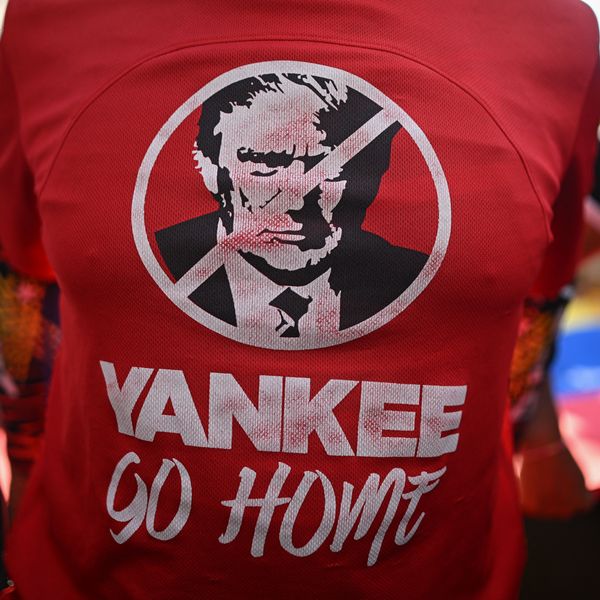This year marks 80 years since the U.S. dropped nuclear bombs on Hiroshima and Nagasaki, killing between 110,000 and 210,000 people. Yet, despite the lessons of this dark chapter of history, more countries are investing in expanding their nuclear arsenals as we face the threat of a renewed nuclear arms race.
The Bulletin of Atomic Scientists’ Doomsday Clock, a symbol that represents the estimated likelihood of a human-made global catastrophe, is now only 89 seconds to midnight—unacceptably close to disaster. Global military spending approaches $3 trillion, fueling violence across the world. This spending pays for the Russian bombs dropped on Ukraine, the U.S.-backed genocide in Gaza, and the escalation of militarized violence across the world. Meanwhile, nuclear development and expansion continue in all nine nuclear-armed states alongside growing fears of nuclear war in Ukraine, Taiwan, India, Pakistan, or the Korean Peninsula. We’re adding fuel to the fire.
U.S. President Donald Trump recently called the bombing of Iran’s Fordow nuclear site “essentially the same thing” as the bombings of Hiroshima and Nagasaki on August 6 and 9, 1945. This comparison is unfounded and disrespectful. Stories from the A-bomb survivors all share a common theme: In one instant, the bombs turned an average summer day into a nearly incomprehensible hellscape. Even the B-29 bomber pilots who turned back to see the inferno they had unleashed looked down in shock at the burning city. The scale and destruction of these attacks are unlike any bombing the world has seen since.
The anniversary of the bombings must serve not only as a reminder of past devastation, but also as a call for a world free from the existential threat of nuclear war. Instead, we are headed in the opposite direction.
To expand the U.S. nuclear arsenal, the Trump administration has requested an $87 billion budget in FY26 for nuclear weapons alone—up 26% from the nuclear weapons spending in 2025. The budget request will drastically increase spending on nuclear weapons, while cutting spending on nuclear nonproliferation, cleanup, and renewable energy programs. This is a continuation of the bipartisan trend in the U.S. to continue expanding our nuclear arsenal. For 80 years, A-Bomb survivors have been warning that nuclear weapons can never again be used to destroy lives, yet we are closer today than ever before.
The only world safe from nuclear war is one where nuclear weapons no longer exist. That world is possible—if we choose it.
As the only country to ever use nuclear weapons in war, the U.S. has a unique responsibility to lead the world back from the brink of nuclear catastrophe. Rather than increasing an already unprecedented military budget, the U.S. should instead lead the world as a model for investing in healthcare, education, infrastructure, and social welfare. People around the world are calling for a shift from spending on weapons and war to investing in meeting people’s basic needs. The 10% for All campaign envisions moving just one‑tenth of global military spending into human needs.
Diplomatic efforts are also crucial to stopping a nuclear arms race. Washington and Moscow must also come to the table to discuss the New Strategic Arms Reduction Treaty (New START)—the last nuclear arms control treaty between the two countries which will expire in February 2026. Currently there is little sign of discussion between the U.S. and Russia to find a meaningful proposal to address nuclear proliferation concerns.
To prevent the horrors of Hiroshima and Nagasaki from ever happening again, and to realize the full aspirations of the Treaty on the Non-Proliferation of Nuclear Weapons (NPT), leaders must actively pursue a world free of nuclear weapons. The only world safe from nuclear war is one where nuclear weapons no longer exist. That world is possible—if we choose it. Join advocates across the U.S. urging Congress to take a meaningful step toward a world safe from nuclear war.



